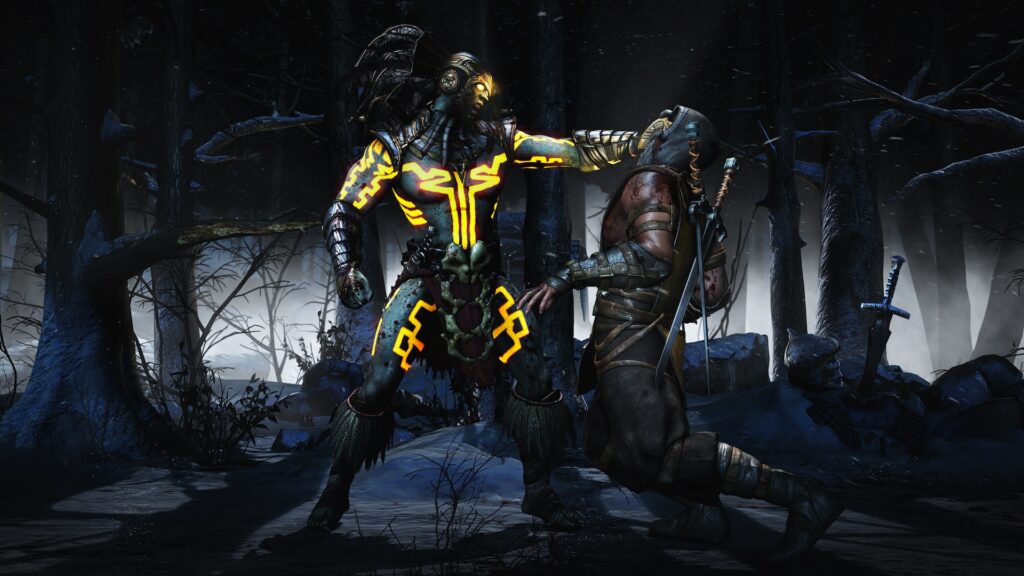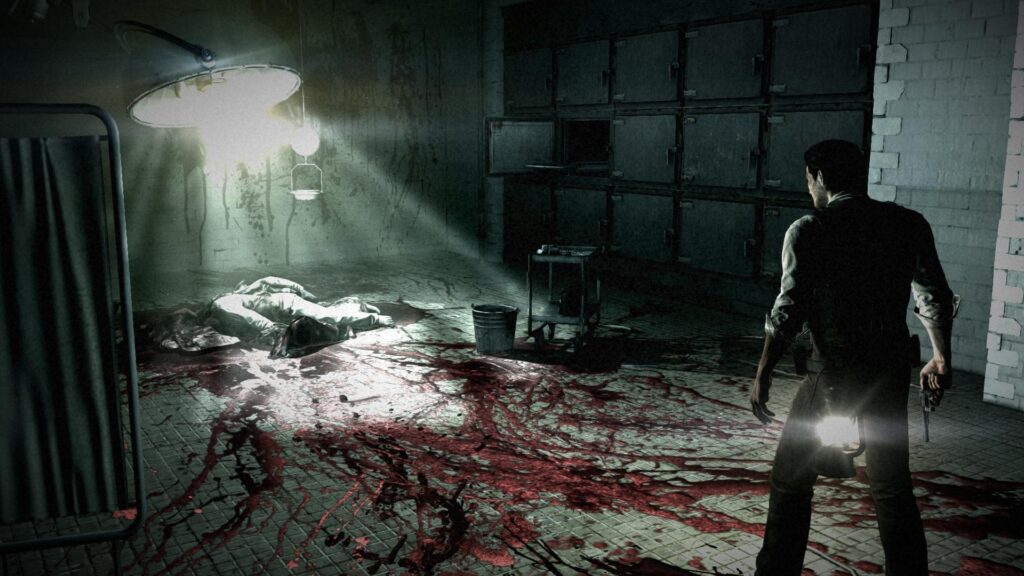This is an editorial piece. The views and opinions expressed in this article are those of the author and do not necessarily represent the views and opinions of, and should not be attributed to, Niche Gamer as an organization.
It was a weekend and I was at a party. It was a different type of party since it was held inside a classic video game store with the important factor of being open to anyone passing by. I was hanging out and talking with friends when the mother of another friend presents me this nice lady, who must have been in her 50’s. She wanted to talk to me, as she had some questions and also some ideas. It turns out that someone had told her I worked in video games, so for her I was the perfect person to talk to.
She asked one of the most common questions of concerned parents, or in this case grandparents, of what exactly I thought about kids playing these violent games like Call of Duty. I took it, as I always take it, personally. This is a common problem that exists in our video gaming society, parents and generally older people do not know that video games have ratings.
I gently explained the problem, and how games are rated. She didn’t believe it, as she has never seen such a rating. I pulled out from the shelves around me a random box (it was a Mega Drive/Genesis game from the ’90s) and showed her that even 20 years ago, they already had a rating system. Then I searched for some current Playstation game and showed how it improved and became standardized across Europe. I could see in her face that she was a bit embarrassed that she had never noticed the rating sticker before.
After some talks about the rating system and having more questions answered, she told me how she used to buy Sega games for her kids and that now she was buying them for her grandchildren. She was a bit happier to know that society was doing something about telling parents whether a video game was suitable for a younger audience or not, but then she told me it was a bit pointless because boys can just go into the stores and buy the games they want, anyway.
No, I told her. Here in Portugal, and across most of Europe, stores are forbidden by law to sell video games to youngsters unless they are accompanied by a legal guardian. Of course, I had to tell her that this is a bit pointless since, just like her, most parents just ignore the rating and buy their 11 year old the latest Grand Theft Auto or whatever and are done with it.
She concurred, having done it herself. (From now on she won’t.) We talked a bit more about video game development and how somebody can study and work in this industry. She was extremely well informed and a very nice lady. She thanked me for the information and I returned to chatting with my friends at the party.
This is something that is not okay, and for the last years it has been bugging me: how can we get the message about video games not being just for kids more clearly to those who don’t understand what a video game is?
The rating system works, as it clearly defines an appropriate age for the video game, but I believe it ultimately fails since all video games are clustered together in an Xbox, Nintendo, or Playstation area. When uninformed parents go out and buy a video game, they just see it as a one thing. All video games are the same, and the only thing to be concerned about is whether the game works on their console.
There are a lot of things we could be doing in stores that we are not, at least in most of the stores in Europe. I don’t really know what happens in the USA, Japan, or Brazil, but I take it the same problem applies.
A kids section
I have seen some stores that have a kids section. They usually put the books, comics, and all the other things for kids in this area. Why not video games?
An adult section
Everyone who is over 30 remembers that all video stores used to have an adult section. Sometimes it would be at the back, other times it was behind the counter but it existed among the other sections.
Why aren’t we separating video games by horror, action, puzzle, etc.? I don’t need to have access to only the latest games. Give me a selection of titles from some years ago, from now and with different prices. Stores would sell more if there was more information other than “Top5” or “New Games”.
What about an “awards” section with games from last years than won awards?
Are video games really so bland that we continually have them on sale all clumped together instead of keeping them in separate sections?
The rating system
Where is the information about PEGI, ESRB, USK, etc? We don’t need bigger stickers like the USK ones (which are atrociously big), we need a panel in the stores explaining that there is a rating system and parents should use it when choosing a video game. A big sign please. The stores won’t do it? Make it mandatory!
Locking a console
Kids are smart little monkeys. If they can’t get a parent to buy the game they want, they will try to get it themselves, borrowing from a friend or whatever. Most of us know that consoles possess the ability for parents to lock games out but are parents using this system? Alongside the rating system information, consoles should have a big sign talking about this.
There are so many ideas and solutions that I really can’t believe that video game stores continue to work the way they do. And don’t tell me that we will continue to separate games by platform because that is the way it is. New multi-platform launches are already shown together with all platforms in one section in stores, so why not do the same for every other game?



